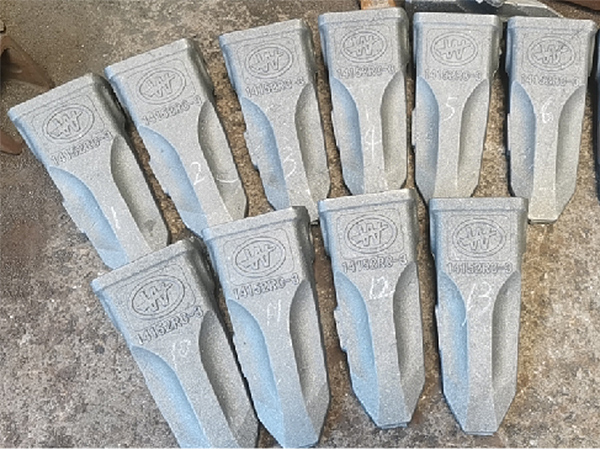What is Sand Casting?
Sand casting is one of the oldest and most widely used metal casting processes. It involves creating a mold from a mixture of sand, clay, and water, which is then used to produce metal parts. This method is especially favored in industries that require the production of large and complex components due to its versatility and cost-effectiveness.
The Process of Sand Casting
The sand casting process begins with the creation of a mold. This starts with two halves the pattern and the core. A pattern, typically made from metal, plastic, or wood, is created in the shape of the desired object. The pattern is placed in a mold box, and sand mixed with a binder (usually clay) is packed around it. This mixture is compacted to create a cavity that mirrors the shape of the pattern.
Once the sand has set, the mold is separated, and the pattern is removed, leaving behind an impression. If the part to be cast includes internal features, a core made from similar sand material is placed into the mold cavity. The next step involves assembling the two halves of the mold and ensuring that they are securely fastened to prevent the molten metal from leaking.
With the mold prepared, the metal is melted, generally in a furnace, to produce a liquid state. The molten metal is then poured into the mold cavity through channels known as gates. After the metal has cooled and solidified, the mold is broken away to reveal the casting. This process can take several hours depending on the size and complexity of the part.
Advantages of Sand Casting
what is sand casting

One of the primary advantages of sand casting is its ability to produce intricate shapes and designs. The process can accommodate a wide variety of metals, including aluminum, iron, bronze, and various alloys, making it suitable for a range of applications. Additionally, the sand used in the mixture can be reused, which makes the process economical and environmentally friendly.
Sand casting is also known for its flexibility in terms of production volume. It is ideal for both low and high-volume production runs, allowing manufacturers to produce anything from a single prototype to larger batches of parts. This adaptability is particularly beneficial for industries such as automotive and aerospace, where components often require specific customizations.
Applications of Sand Casting
The applications of sand casting are vast. It is commonly used to manufacture machine parts, automotive components, and even large sculptures. For example, engine blocks, cylinder heads, and gears are often produced using this method. The process is also critical in the construction industry, where it is used to create complex architectural features and ornamental elements.
Furthermore, sand casting is favored in the production of various tools and equipment, contributing to its importance across multiple sectors. As manufacturing technologies continue to advance, the principles of sand casting remain relevant, with innovations such as 3D printing paving the way for more efficient mold-making techniques.
Conclusion
In summary, sand casting is a highly versatile and cost-effective method for producing metal components. With its long history and continued relevance in modern manufacturing, sand casting stands out as a go-to technique for producing complex parts across various industries. Understanding its processes, advantages, and applications is essential for anyone involved in manufacturing or engineering, as it highlights the enduring importance of this traditional yet innovative method. Whether for art or machinery, sand casting remains a fundamental technique that shapes our material world.
Post time:nóv . 11, 2024 21:51
Next:sand 3d print
